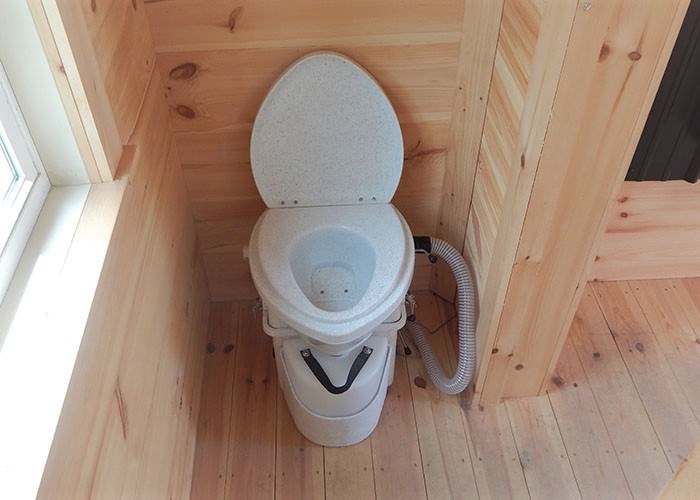Public toilets are very necessary, especially in congested areas like towns and markets. Erecting one that is perfect for the needs of society is not so easy unless you pay attention to the right details, for instance design. Any slight variations could lead to budget and time frame adjustment set for it to be accomplished. You however need to understand the few design strategies that you can rely on when erecting it to meet public toilet design Australian standards. Read on to understand the most important design features you should pay heed to when erecting a new toilet today.
Placement
The positioning of the hospital needs to be a top priority to consider, especially when you do not want a question from the immediate local authority. Involve a construction expert that already understands the terms and conditions for building public toilets. They will ensure that the placement is properly done finding the right direction for your toilet to face. Remember poor placement can lead to lawsuits and the need for rebuilding or necessary adjustments being made so why not get it right the first time your try?
Ventilation of the room
Public toilets have proven to be very smelly when left unmaintained, which is the reason to install top-quality ventilation strategies. You should choose between mechanical and natural forms of ventilation however they should promote the privacy of the facility. Sufficient air circulation is vital to the hygiene of the facility and might just alleviate the presence of airborne germs in the space. The natural odors in the toilet after it has been used need to escape the room if the toilet is to be used readily by another user.
Also Visit: The Ultimate Guide To Buy Roller Skates
Hygiene concerns
Hygiene is the leading concern for any team concerned with the erection of a public toilet today. There are a few factors that determine the hygiene of the toilet in its design structure, for instance availability of water in the facility. The water is for flushing the toilet, washing hands after use, and cleaning the premises. You should consider placing your handwashing station out of the building to mitigate contact with doors and other areas when the toilet user is exiting the facility. This can also be a measure to improve hygiene and control the spread of micro-organisms.
Technology additions
Though not a big deal in developed countries, the user experience of the customers matters. In this case, you must find out the recent technological innovations for toilets in the industry and only choose the ones that can be fitted into your budget. Besides efficiency, additional technology can help boost the hygiene levels of the toilet. Some of the options you should be looking for include soap dispensers, hand dryers, and even automatic flushing after toilet use. These are all additions that seek to reduce the point of contact between the user and the toilet hence a boost for the hygiene measures put in place.
Toilet seat sanitization
A public toilet is used by different people and that means steady and top-notch maintenance is needed. It is easy now to consider a wide range of sanitization options to safeguard the next toilet user for instance use of a sanitizer dispenser for the seats or basic wipes that can be used for the same task. The strategy is just but another way of ensuring top hygiene levels are observed for the new toilet to prevent any outbreaks. It is besides your adherence to the local authority laws that will determine whether the public toilet will be operational or not.
Also Visit: Led Wall Pack Lights: What Are They, And How Can They Help Your Home













